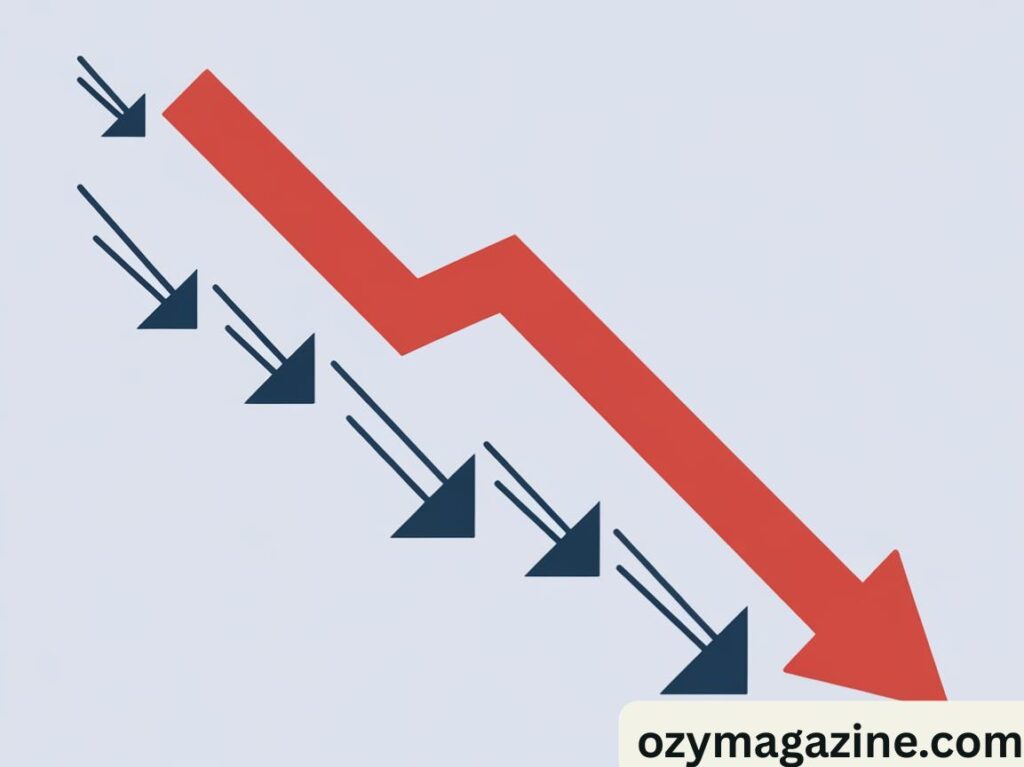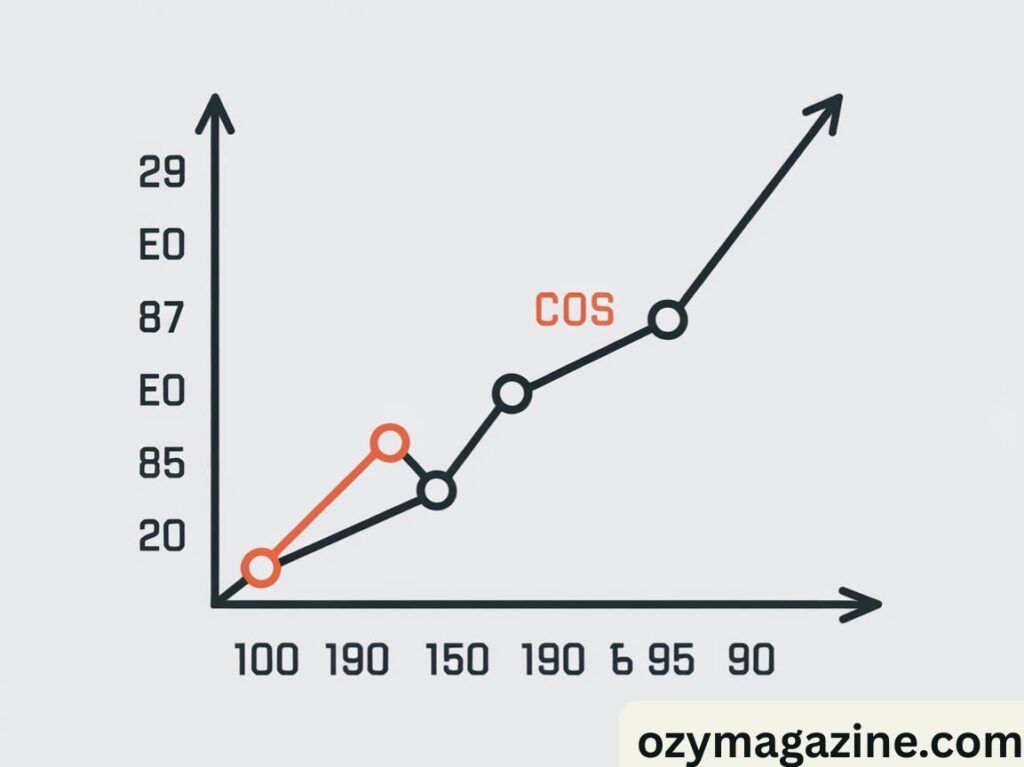Wealth management strategy is a plan to grow, protect, and manage money. It helps people make smart choices with savings, investments, and taxes. The goal is to build long-term financial security.
But not every wealth management strategy works the same. Some can even cost you money instead of growing it. That is why knowing the risks is very important.
A good wealth management strategy includes planning for retirement, reducing taxes, and investing wisely. It also looks at hidden fees and advisor advice. This way, your money works better for you.
The True Cost of Wealth Management Services
One of the biggest ways a wealth management strategy can cost you money is through fees. Traditional financial advisors in the United States often charge a percentage of your assets under management, usually around one percent annually. While one percent may sound small, on a portfolio worth one million dollars, this adds up to ten thousand dollars every year. Over time, this fee compounds because the money paid out to fees is no longer invested and earning returns.
To understand the difference, it helps to compare the costs of various approaches. Robo-advisors, which use algorithms to manage investments, typically charge around 0.25 percent annually. A self-directed investor who chooses low-cost index funds or ETFs may pay even less than 0.10 percent. This cost difference becomes striking over time. Consider the following table:
| Type of Service | Average Fee | Example on $1,000,000 Portfolio |
| Traditional Advisor | 1% AUM | $10,000 per year |
| Robo-Advisor | 0.25% AUM | $2,500 per year |
| DIY Index Investing | 0.10% AUM | $1,000 or less per year |
This shows how much you might be paying annually just for management, without even considering additional costs such as expense ratios, trading fees, or hidden charges. The bottom line is clear: if your wealth management strategy is built around high fees, it can eat away at your long-term growth without you even realizing it.
When Your Advisor’s Interests Don’t Align With Yours

Another hidden cost comes from the fact that not all advisors work in your best interest. In the United States, some advisors operate under a fiduciary duty, meaning they are legally required to put the client’s needs above their own. Others, however, only operate under what is called the “suitability standard,” which means they are allowed to recommend financial products that are suitable but not necessarily the best option for you.
This difference creates a major problem. Commission-based advisors, for example, may recommend mutual funds or insurance products with high expense ratios simply because they earn a commission on the sale. This can lock clients into underperforming investments while padding the advisor’s paycheck. Many families have discovered years later that their retirement accounts were underperforming compared to simple index funds, all because the advisor had incentives that did not align with the client’s long-term goals.
As one financial planner once said, “If you don’t know how your advisor is paid, you are probably the one paying too much.” The lack of transparency in fee structures and the complex world of commissions make it difficult for average investors to know whether their wealth management strategy is truly designed to grow their money.
Underperformance: The Silent Wealth Killer
Perhaps the most damaging way a wealth management strategy costs Americans money is through underperformance. Even small differences in annual returns compound dramatically over decades. For instance, a portfolio that grows at seven percent annually will double in about ten years, but a portfolio growing at five percent takes closer to fifteen years to double. That difference in compounding can translate to hundreds of thousands of dollars over a lifetime of investing.
Studies have shown that many actively managed funds underperform simple index funds over the long term. If your advisor is investing in expensive mutual funds or frequently trading in and out of positions, chances are you are not beating the market, and you may be falling behind. The silent wealth killer is not always visible in a single year but becomes painfully clear when you compare your results against a low-cost index fund after a decade.
Tax Inefficiency in Your Wealth Strategy
Taxes are another area where wealth management strategies can quietly erode your wealth. If your advisor is not considering the tax implications of investment decisions, you may be paying unnecessary capital gains taxes, missing out on tax-advantaged accounts, or failing to optimize charitable contributions.
For example, selling investments too frequently in taxable accounts may trigger short-term capital gains, which are taxed at a higher rate than long-term gains. Similarly, not using tax-deferred accounts like IRAs or 401(k)s effectively may leave you paying more in taxes today rather than allowing your money to grow tax-free until retirement. In the United States, strategies such as tax-loss harvesting, Roth conversions, and proper asset location can make a significant difference. Yet many advisors fail to implement these tools, leaving investors with avoidable tax bills that reduce overall wealth.
Opportunity Costs You’re Probably Ignoring
Opportunity cost is one of the least discussed but most significant ways a wealth management strategy can cost you money. By staying in conservative investments when you could afford to take more risk, or by holding too much cash instead of investing, you may be missing out on potential growth. Similarly, by locking into illiquid investments with high fees, you may be losing flexibility and the ability to seize better opportunities.
For example, consider an investor who keeps half a million dollars in cash earning less than one percent interest. Over ten years, that cash might barely grow, while the stock market could have doubled or even tripled the value of that money. The lost growth is an invisible cost, but it is very real. In wealth management, the failure to act or the decision to stick with an outdated strategy can be just as costly as paying high fees.
Read Also : Real Estate Investing 101: A Beginner’s Roadmap
Hidden Fees That Erode Long-Term Growth
Many investors underestimate how quickly fees add up. A one percent annual fee on a million-dollar portfolio equals ten thousand dollars per year. Over decades, this compounds into hundreds of thousands lost. These fees, often buried in paperwork, are rarely explained clearly, leaving investors unaware of how much they truly give away.
High costs do not necessarily guarantee better returns. Research consistently shows that low-cost index funds outperform many expensive managed funds over time. By reducing unnecessary expenses, you allow compounding to work in your favor. Investors who remain in high-fee products risk losing wealth that could have been preserved or grown with more cost-efficient strategies.
Conflicts of Interest in Financial Advice

Not all advisors operate under a fiduciary duty, which requires them to prioritize your best interests. Some work under a suitability standard, meaning they can recommend products that are “suitable” but not necessarily the most beneficial. This creates space for conflicts of interest where commissions influence recommendations instead of your long-term goals.
For example, an advisor might push a mutual fund with high expense ratios simply because it earns them a commission. This leads to clients paying more and earning less. Investors must ask direct questions about how their advisor is compensated. Full transparency is critical to ensuring your wealth management strategy is truly working for you.
The Risk of Overly Conservative Strategies
Playing it safe with investments can sometimes be riskier than you think. Keeping too much money in low-yield accounts or bonds may protect against short-term losses but often fails to beat inflation. Over time, your purchasing power declines, and what seems like safety actually becomes a silent drain on wealth.
Opportunity costs add up when money sits idle instead of compounding. A portfolio overly weighted toward conservative assets misses out on market growth. While risk management is important, failing to balance safety with growth means sacrificing long-term wealth. The challenge lies in finding a strategy that fits your goals without holding you back.
Taxes: The Hidden Wealth Drain
Taxes can quietly eat into returns if they are not managed effectively. Selling investments too frequently in taxable accounts can trigger high short-term capital gains, which are taxed more heavily than long-term gains. Without a smart tax plan, even strong investment performance can leave you with disappointing net results.
Proper strategies like tax-loss harvesting, asset location, and retirement account optimization can preserve more of your earnings. Advisors who overlook tax efficiency cost clients more than they realize. Wealth management is not only about growing money—it’s also about keeping as much as possible in your pocket after taxes.
Ignoring the Power of Compounding

One of the most overlooked mistakes in wealth management is underestimating compounding. Even small differences in returns have massive impacts over decades. A portfolio growing at seven percent doubles much faster than one growing at five percent. Missing just a couple of percentage points annually can cost millions over a lifetime.
Compounding works against you too when it comes to fees. Every dollar lost to high costs or poor decisions is a dollar no longer earning future returns. Understanding how compounding magnifies both gains and losses helps investors make smarter, longer-term choices that maximize wealth instead of quietly eroding it.
Conclusion
A wealth management strategy should be designed to grow and protect your money, but for many Americans, the reality is different. High fees, misaligned advisor incentives, underperforming investments, tax inefficiencies, and missed opportunities often mean that instead of building wealth, people are slowly losing it. The most important step you can take is to question your current strategy, demand transparency, and compare your results against simpler, lower-cost alternatives.
Wealth management is not just about trusting someone else with your money. It is about understanding how that strategy works, what it costs, and whether it is truly aligned with your goals. By doing so, you can avoid the traps that quietly drain wealth and instead focus on strategies that allow your money to grow, protect your future, and secure financial freedom.










